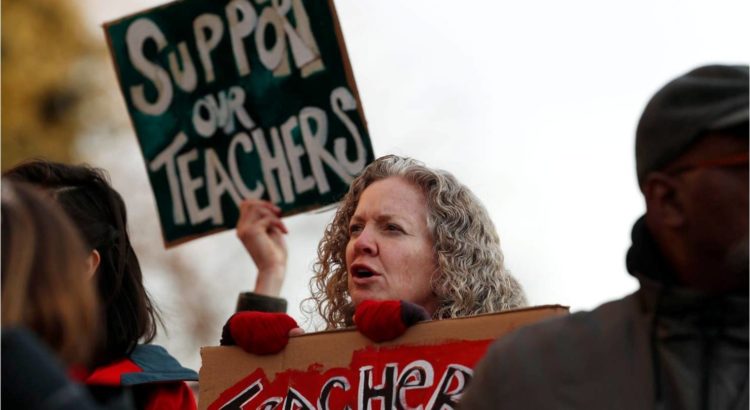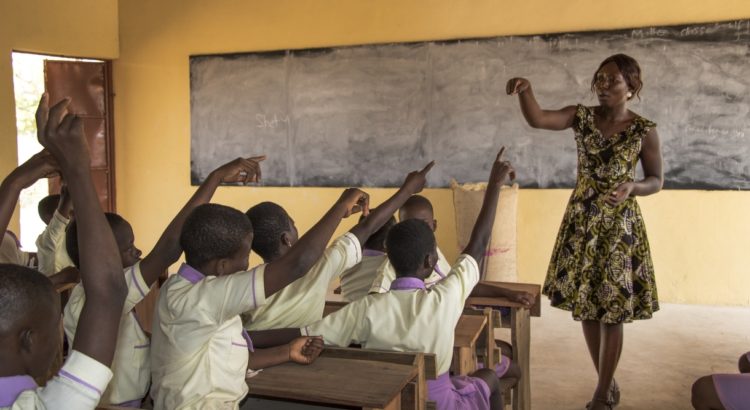By: Maggy McDonel.
Most people who went to school in the United States are all too familiar with abstinence-only sex education. Since fifth grade, this ineffective approach to sex education has been shoved down our throats, and it all begins when they teach girls about periods and boys about erections, yet refuse to share the same information with the opposite sex.
Bill Clinton passed the Welfare Reform Act in 1996, which allocated $50 million to sex education classes that focused on abstinence-only education. These programs aim to teach students that abstinence is the only way to prevent pregnancy or STIs, tiptoeing around the blatantly obvious fact that some teenagers will likely experiment with sex.
Despite lackluster results, these programs continued to gain popularity. In 2006, George W. Bush budgeted $206 million for abstinence-based programming, meaning that schools teaching other forms received little to no federal funding for sex education classes, according to the American Medical Association.
These programs have proven to have the opposite effect that one might expect. The U.S. has the highest rates of teen pregnancy and STIs in the developed world, according to a study conducted by the U.S. Public Library of Science. The study also found that there is a positive correlation between abstinence-only education and teen pregnancy — and that doesn’t even begin to explore the world of private religious schools.
So, why has nothing changed? Why does government funding still promote programs that are working negatively for U.S. children? Perhaps it’s because the U.S. hasn’t separated itself from its puritanical roots as much as we’d like to believe. Honest talk about sex isn’t part of the American lexicon. America has a deep obsession with porn and movies about sex — practically anything that simulates the real thing. It’s great to see two hot actors having sex, but when it comes down to having an honest conversation with your child or significant other, it’s suddenly too awkward.
As a society, we have become so separated from the realities of sex that it seems easier to ignore it altogether. Many parents would rather pretend that sex only happens between two married adults — missionary position only, with the lights turned off — than talk to their children about sex or have teachers talk to their children about sex. The harm caused by this widely-held delusion is insurmountable.
Only 13 states in the U.S. require sex education to be medically accurate, and only 25 require it at all. 19 include some information about contraceptives, and five schools are on the books as having a negative focus on sexual-orientation education.
How can we consider ourselves an advanced society when our sex education stems from the Middle Ages? Church and state aren’t as separated as we might like to think they are. The deep-rooted tendrils of the church still permeate throughout American culture.
So this year, when you’re having a sexy Valentine’s Day, think about the sex education — or lack thereof — you got throughout your school career. It’s time for a real solution. It’s time to ditch abstinence-only education.
Source of the article: http://www.newsrecord.org/opinion/opinion-adolescents-are-being-cheated-by-sex-education/article_3ae58316-2f9f-11e9-abd6-d3e17c3b2523.html















 Users Today : 17
Users Today : 17 Total Users : 35460226
Total Users : 35460226 Views Today : 22
Views Today : 22 Total views : 3418917
Total views : 3418917